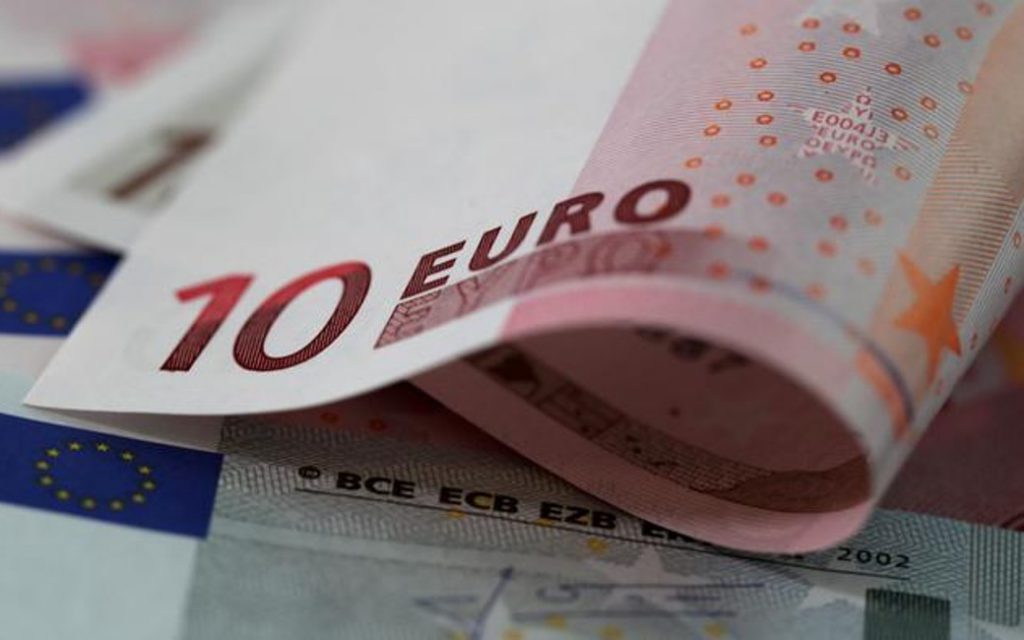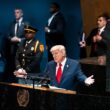Global nations have long been battling Trump’s stringent tariff policies. These tariffs have rattled world politics and economic strata, all while exploring ways to limit the US dollar. The USD, on the other hand, is rapidly declining, battered by Trump’s tariff ordeal. If that’s not it, global banks around the world have started to explore US dollar alternatives, trying to protect their economies from volatility caused by the fluctuating US dollar. This development is fueling global de-dollarization, with banks opting for euros to safeguard their interests.
Also Read: China’s BRICS Play: Fuels De-dollarization & Russian Oil to Defy US
Euro: The Global Banks’ Favorite New Currency


The US dollar is currently standing in a precarious position. On one hand, the stringent US dollar policies have now started to impact the dollar’s global positioning, challenging its reserve currency status. On the other hand, the nations have now started to explore USD alternatives, driving de-dollarization efforts up a notch.
In a new development, a survey conducted by the official monetary and financial institution has found compelling new statistics. Per the recent survey, global banks have now started to pivot towards the euro by increasing their holdings of the aforementioned currency. These banks have also started to limit USD holdings, considering the violent fluctuations and price plunge that the dollar has been experiencing as of late.
“Over a decade later, this year’s GPI report, based on a survey of 75 central banks, shows the appetite for diversification continues. But for very different reasons. The foundations of the global economic order, underpinned by globalization and the dollar, are shaking.”
Nearly 16% of survey participants plan to increase their euro holdings by 16% in the next 12 to 24 months. At the same time, 32% of participants are on a path to diversify by increasing their gold holdings.
“Reserve managers expect to move away from dollars and towards other currencies—especially the euro and renminbi—although this shift will be gradual. The dollar was the only currency that saw demand fall this year, while a net 16% of survey respondents intend to add to their euro holdings over the next two years, up from 7% last year (Figure 2). However, this preference is not across the board, with respondents from emerging markets more likely to add to their renminbi holdings.”OMFIF later shared
Government Plans for USD
With rapid de-dollarization forces working 24/7, the US government has now announced a spree of tariffs to curb the USD decline globally.
"Go Find Another Sucker Nation": Trump Breaks BRICS
De-dollarization is most likely DEAD as Trump threatens a 100% tariff on ALL products from BRICS nations who move ahead with a new BRICS currency. Only a fool would think India, China, or Brazil would risk this. Less than two… pic.twitter.com/yfhF0ah5xd— James Porrazzo (@JamesPorrazzo) January 31, 2025
In addition to this, the US government is also experimenting with stablecoins and digital assets as ways to implement US dollar hegemony around the world to limit de-dollarization.
🇺🇸 PRESIDENT TRUMP: "With the Dollar backed stablecoins, you'll help expand the dominance of the US Dollar… It will be at the top, and that's where we want to keep it" pic.twitter.com/qrcBS5AUrE
— Radar 𝘸 Archie🚨 (@RadarHits) March 20, 2025
Also Read: Trump’s 25% India Tariff Triggers De-Dollarization: Rupee Hits 87, RBI $3B





